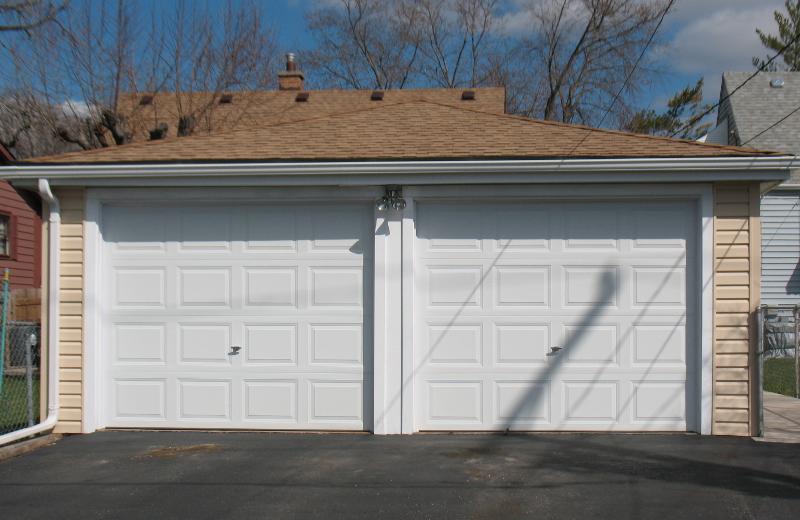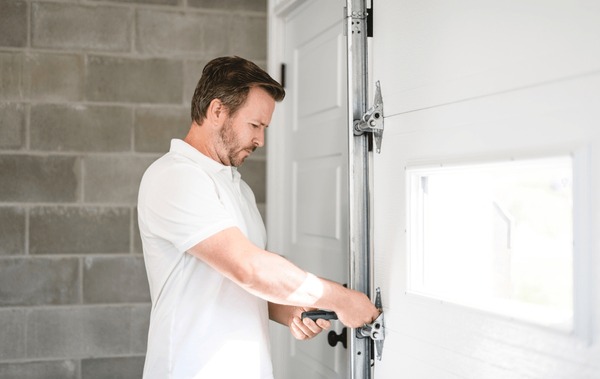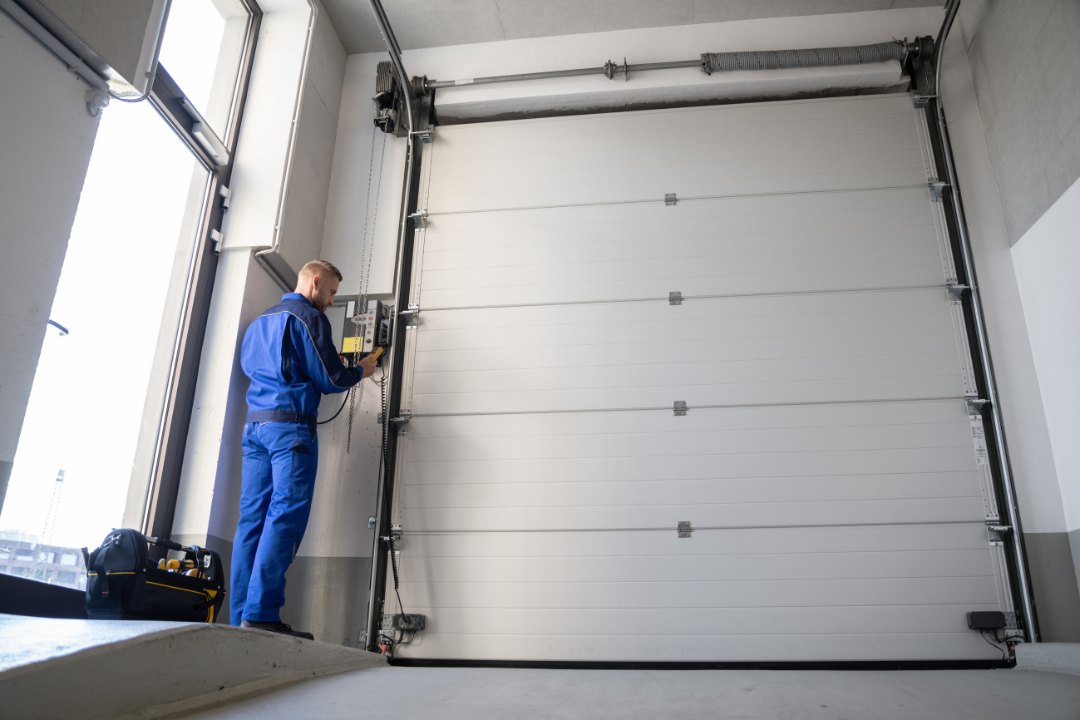In today’s world, the concept of passive homes is gaining momentum, and rightly so. Homeowners are increasingly aware of the importance of energy efficiency, especially when it comes to maintaining comfortable indoor environments. One crucial aspect often overlooked is garage door insulation for passive homes. By understanding and implementing effective insulation strategies, homeowners can significantly enhance their home’s energy efficiency, reduce utility costs, and contribute to environmental sustainability.

What is a Passive Home?
A passive home is designed to be highly energy-efficient, requiring minimal energy for heating and cooling. It aims to maintain a consistent indoor temperature through superior insulation, airtight construction, and optimized mechanical systems. The role of garage door insulation in such homes is pivotal, as garages often serve as entry points for temperature fluctuations.
Why Insulate Your Garage Door?
Energy Efficiency
Insulating your garage door is a smart move for improving your home’s energy efficiency. By reducing heat loss in winter and heat gain in summer, insulation helps maintain a stable indoor temperature, leading to lower energy consumption.
Cost Savings
With better insulation, your heating and cooling systems don’t have to work as hard, resulting in significant cost savings on your utility bills. Over time, the investment in garage door insulation pays for itself through reduced energy expenses.
Types of Garage Door Insulation
Polystyrene Insulation
Polystyrene panels are a popular choice for insulating garage doors. They are lightweight, easy to install, and provide excellent thermal resistance. This type of insulation is suitable for most garage door types.
Polyurethane Insulation
Polyurethane is a more dense and durable option, offering superior insulation properties. It is injected into the garage door’s structure, providing a high R-value and enhancing the door’s overall strength.
Installation Process
DIY vs. Professional Installation
While DIY installation of garage door insulation is possible, hiring a professional ensures optimal results. Professionals have the expertise and tools to properly install insulation, minimizing gaps and ensuring a snug fit.
Step-by-Step Guide
If you choose to go the DIY route, here’s a basic overview of the installation process:
- Measure the dimensions of your garage door panels.
- Cut the insulation material to fit each panel.
- Secure the insulation using adhesive or clips.
- Seal any gaps with weatherstripping.
Common Mistakes to Avoid
When insulating your garage door, avoid common pitfalls such as improper measurements, neglecting to seal gaps, and using the wrong type of insulation for your door. These mistakes can compromise the insulation’s effectiveness.
Benefits Beyond Energy Efficiency
Noise Reduction
Insulating your garage door can also help reduce noise from outside, creating a quieter and more peaceful indoor environment.
Improved Durability
Insulated garage doors are more robust and less prone to damage, extending their lifespan and enhancing overall home security.
Environmental Impact
By reducing energy consumption, garage door insulation contributes to a smaller carbon footprint, aligning with sustainable living practices and environmental conservation efforts.
FAQs about Garage Door Insulation
What is the best insulation material for garage doors?
The best insulation material depends on your specific needs and budget. Polystyrene is cost-effective, while polyurethane offers superior insulation and durability.
How much can I save on energy bills with garage door insulation?
On average, homeowners can save up to 20% on their energy bills by insulating their garage doors, although actual savings may vary based on factors like climate and insulation quality.
Is it possible to insulate an existing garage door?
Yes, existing garage doors can be retrofitted with insulation. Professional installation is recommended for optimal results.

Conclusion
Investing in garage door insulation for passive homes is a wise decision that offers numerous benefits. From enhanced energy efficiency and cost savings to improved comfort and environmental impact, the advantages are clear. By choosing the right insulation material and ensuring proper installation, homeowners can enjoy a more sustainable and comfortable living environment.
For more information on garage door insulation techniques, visit our comprehensive guides. Additionally, explore insights on insulation for schools and mold prevention on our website.
For expert insights on the benefits of garage door insulation, read more from Insulfoam.
This article contains affiliate links. We may earn a commission at no extra cost to you.








